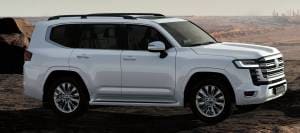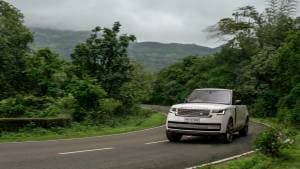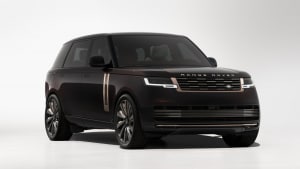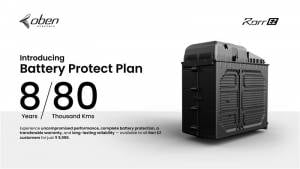Long Live The Rangie: 50 Years of the Range Rover
Unlike how many of these stories go, the high-point in the Range Rover's legacy wasn't sometime in the past. It's right now. The Range Rover is the definitive luxury SUV of our times. So much so that everyone from Aston Martin, through Mercedes-Benz to Rolls-Royce has in the past few years decided they want in on its action.
A big part of this legacy is the notion that the original Range Rover was the first SUV, in the correct sense of the word. But that's not entirely true. The Jeep Wagoneer debuted in the US in 1963 and provided the mix of aspiration, luxury and utility that has come to define this class of the car.
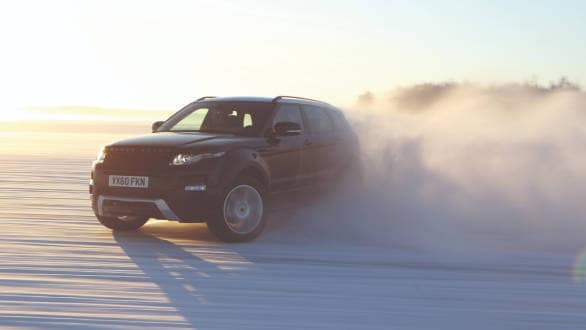
So where does the appeal of the Rangie come from? And what has made it an enduring success for so long? Much of its current relevance can be attributed to a decision that, again surprisingly, didn't have much to do with the Range Rover itself. The move to bring the Land Rover LRX concept to production as a Range Rover, the Evoque, in 2011 was an inspired one. It rejuvenated the brand and made it something younger buyers aspired towards, if not for the heritage then for the stunning looks.
The Evoque was also the starting point of the Range Rover sub-brand. The second-generation Sport followed soon with its promise of more engagement while keeping the luxury and off-roading ability largely intact, while the Velar added that shot of high-street appeal that makes or breaks a luxury SUV these days. Sure the first-gen Sport was around before the Evoque, but it wasn't much more than a tarted-up contemporary Discovery.
But stretching one good idea too far is something that's happened often in the car world, but not with any assurance of success. But all of these SUVs seem to, at varying levels, convey exactly what a Range Rover should be. All of them have a stately sense of luxury to them, are better off-road than all their rivals, and usually look as good as anything else on the road, at no expense of practicality. All the things that make the Range Rover so dominant, to begin with.
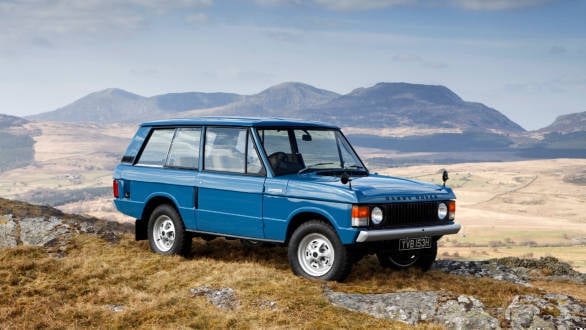
These basic qualities were always the thought behind the original that debuted in June 1970. The idea of a larger, more upmarket alternative to the Land Rover had been around since the early 1950s but eventually reached fruition 20 years later. The idea was to appeal to rich rural residents who needed a functional and comfortable runabout to go about their outdoorsy lifestyle. This meant vinyl seats, simple plastic interior trim that could be hosed down, and a shape that maximized space and visibility, all paired to the legendary Buick derived Rover V8 and four-wheel drive.
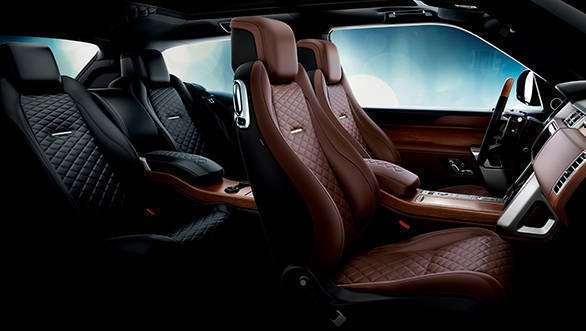
In the time since it is evident that the Range Rover has become somewhat of a technological icon among SUVs. Some credit must go here to how the owners of the Range Rover brand have treated it, starting with the Rover Company. Once this firm was bought over by British Leyland, the Land Rover division escaped much of the infamous mismanagement and labour issues that plagued the British automotive industry at the time. The period of Ford ownership of the early 2000s might have seen the brand not receiving all the attention it deserved, but the heavy investment and managerial freedom in the BMW era before and the Tata Motors era after that has meant that the Range Rover was always delivering tech unseen in the SUV world before. Starting right from being the first SUV to come with ABS and air suspension in its first generation to the current one's aluminium construction, terrain response systems and the all-terrain progress control. Since 2014, JLR's Special Vehicle Operations has capitalized on the current trend of limited run, heavily personalized luxury cars with its one-offs and high-performance versions.
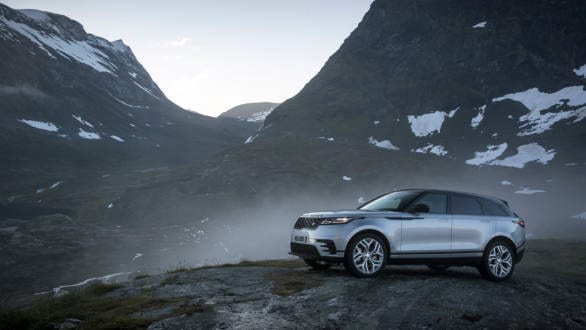
In the 1970s, the Louvre in Paris displayed the first-gen Range Rover as an example of a great piece of industrial design. That has been another defining element of the Range Rover journey, strengthened further by the efforts of Jerry McGovern. SUVs have come a long way from their functional brief from earlier, many make concessions to design at the cost of functionality. But the Range Rover has managed to tread that path very well. Design traits that defined the original like the clamshell bonnet, angular body lines, the floating roof over the large, upright glasshouse and the split tailgate have all made their way down to the current line-up but continue to hold up pickup new buyers.
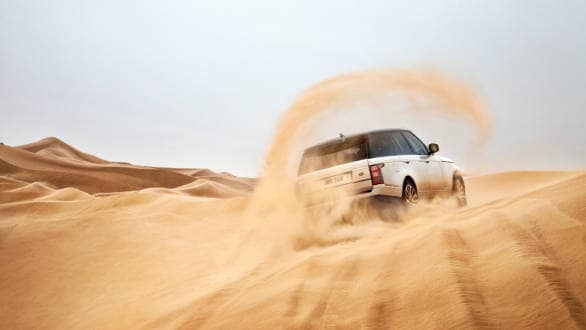
We've established that the Range Rover remains a leader because of how it has managed to keep itself relevant. It has kept pace with what buyers want from their luxury SUV, given the options to choose exactly how they want to experience the brand. We've reiterated that this may be the brand's most successful phase, but there's also no doubt that it could well be its most challenging time. Electric tech seems to work very well with big expensive SUVs, and buyers who are looking for are large electric luxury car have many options to choose from. Most of these aren't traditional car firms but ones who pitch their products as more aspirational-tech-gadget than off-roader.
In this situation, Land Rover will have to keep drawing buyers to its brand of pure luxury and ability. In 2014, the brand launched the first diesel-hybrid luxury SUV in the world, and the next generation Rangie will debut in 2022 with an all-electric version in the pipeline. The Range Rover might not be the first to do it this time around, but we can't help but think that it might be the most convincing.
Range Rover through the years
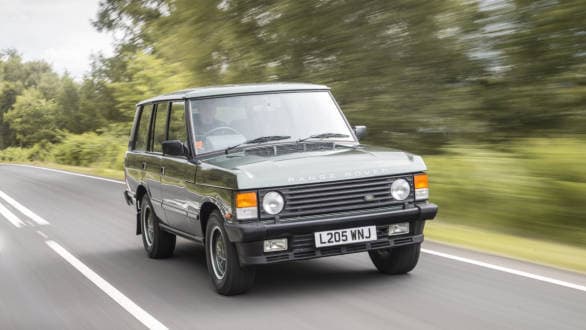
1970 - First-gen Range Rover
On sale for almost 25 years, the first-gen Rangie started out quite simple but was continuously improved over its lifespan. Through its life, it got full-time 4WD, all-round disc brakes and later on in the early 90s electronic aids like traction control and air suspension.
It originally debuted with that iconic three-door layout, but a five-door version came in 1981. A diesel version was also made available in the 1980s. The three-door car is now commonly referred to as the Classic
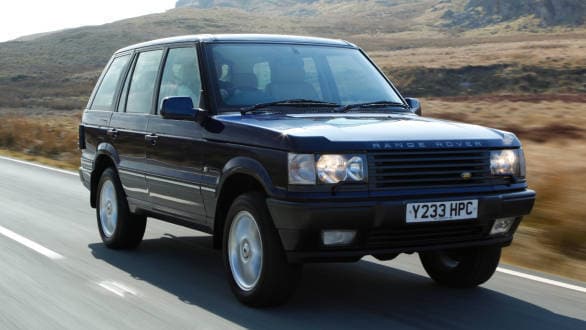
1994 - Second-gen Range Rover
This generation was the first step in the brand positioning itself distinctly above other Land Rover SUVs. It featured a redeveloped version of the LWB ladder frame chassis of the first-gen model but was a large leap forward in luxury appointments on the inside.
The exterior was redesigned keeping in mind the original's design cues, but the utilitarian look of the previous model was replaced by the softer, more upmarket look we now recognize. Notable tech innovations were a modern 2.5-litre six-cylinder BMW diesel engine, new V8 petrol engines, sat-nav, and height-adjustable suspension.
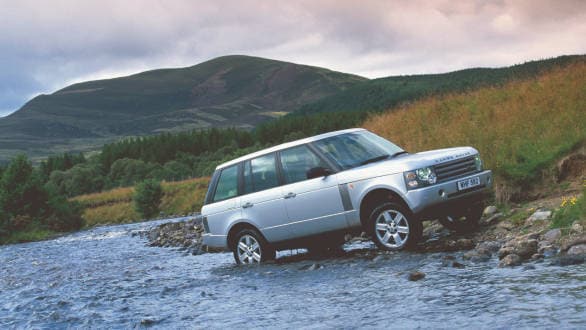
2001 - Third gen Range Rover
Developed under BMW supervision but sold under Ford ownership, the Range Rover moved to monocoque construction. Significantly larger than the car it replaced, this was also the generation where the brand moved to a heavier dependence on tech and S-Class beating levels of luxury. This generation had three distinct versions, in 2005 it moved from BMW to Ford engines, while in 2009 added tech like virtual dials, the first versions of the Terrain Response systems, the dual view touch screen infotainment and adaptive suspension.
This generation also saw the addition of the venerable 5.0-litre supercharged V8, an engine still available in many of JLR's performance cars.
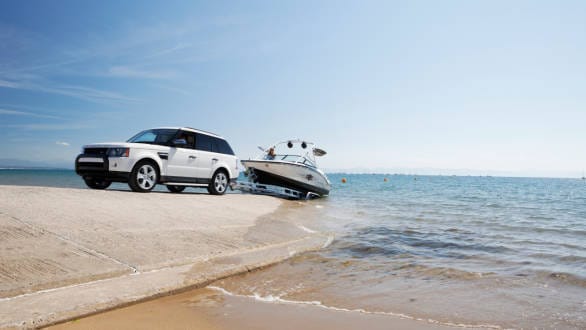
2005 - Range Rover Sport
The first offshoot of the Range Rover brand, the first-gen sport was conceived to sill the gap in the market left by the full-sized SUVs move to a higher price point. It aimed at bringing younger buyers into the fold with a more practical seven-seater option and sharper looks.
It also carried performance-oriented engines and as sportier image, although being based on the Discovery's platform meant that there were sharper SUVs around. Its unique semi-monocoque construction allowed it more off-roading capability than its peers, however.
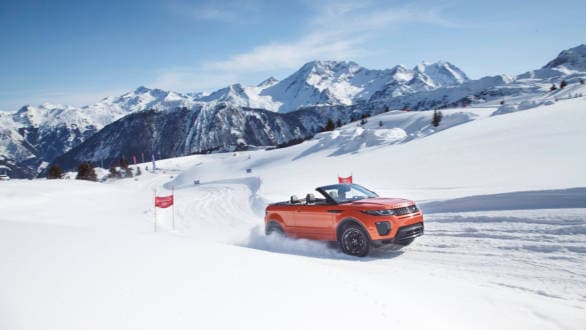
2011 - Range Rover Evoque
Starting life as the LRX concept, the Evoque was meant to be Land Rover's contender in the small SUV space, a market that had just started to boom at the time. The idea of positioning it as a Range Rover and the swept-back look unseen on any Land Rover SUV before this were the key to its success. It has been the brand's largest selling car by a margin ever since.
This high-end positioning also allowed the firm to bring in tech and features not seen before in the line-up like lightweight construction, a sport mode for the Terrain Response system and various efficiency improvements.

2012 - Fourth-gen Range Rover
The introduction of the current Range Rover is what led the brand's strong resurgence over the last decade. This iteration brought with it a lightweight aluminium construction, the latest off-roading aids in the form of the automatic terrain-response, ATPC and a much more upmarket interior.
This version also offers the widest engine choices ever seen on the Rangie, starting from a first-ever four-cylinder diesel hybrid right up to a 5.0-litre supercharged V8. The significant price jump for this gen didn't stop Range Rover sales almost double.
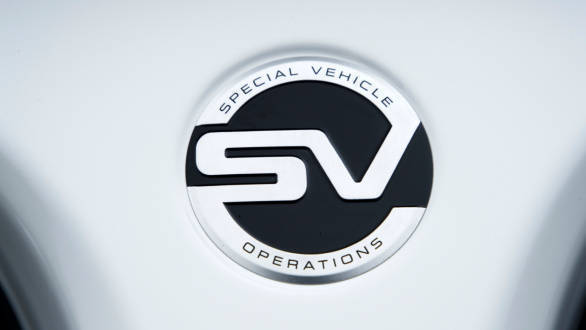
2014 - Special Vehicles Operations
The Rangie has had the most to gain from JLR's Special Vehicles Operations division. A unit within the company that is tasked with developing the most high-end, heavily customised versions of the cars JLR sells, the team works independently of any brand. Vehicles touched upon by SVO have bespoke luxury enhancement or performance upgrades, depending on customer requirement.
The Range Rover, Sport and Velar can all be customised through this division. The Sport SVR held the Nurburgring lap record for some time while the first-ever LWB Range Rover has been one of the biggest successes of this unit.
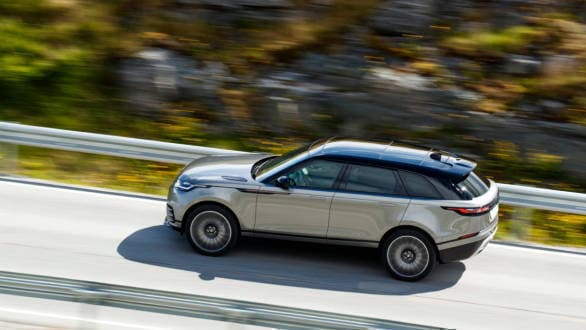
2017 - Range Rover Velar
Named after the first 28 pre-production prototypes that the Rover Company carried out development on in 1969, it is suggested that this name was chosen because it was an anagram of Land Rover. This meant engineers didn't need new nameplates for the test mules
The present-day Velar is quite a departure from that though. Derived from the more road-oriented Jaguar F-Pace, the Velar is meant to fill the large gap in the Range Rover line-up between the Evoque and Sport. This means that the Velar is aimed at owners who aren't in the lookout for absolute off-roading capability but looking for a stylish and upmarket SUV that'll get them through less extreme daily use.
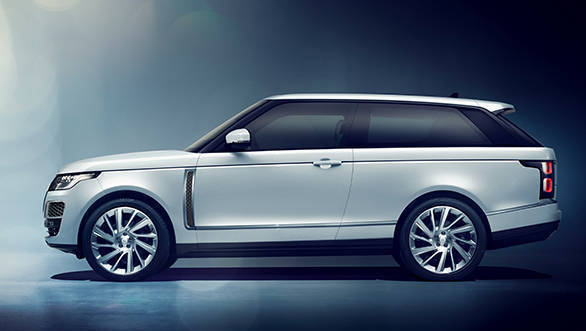
2018 - Range Rover SV Coupe
The SV Coupe was meant to be the ultimate Range Rover, built from the ground up by SVO. Aside from going back to the three-door layout of the original, the SV Coupe was to come with numerous bespoke interior appointments. This was a completely new design, sharing only the bonnet and the lower half of the tailgate from the standard Range Rover. Power was to come from a 560PS version of the 5.0 litre supercharged V8.
JLR had planned a 999-unit production run, aimed squarely at the likes of the Rolls-Royce Cullinan and Bentley Bentayga. However, the heavy investments needed currently on developing new technology and electrification, meant that the SV Coupe project was scrapped before any cars were sold.
Starts Rs 4.1 Crore
3996cc
Automatic
550
770
-NA-
Starts Rs 69.9 Lakhs
1999cc
Automatic
204
430
-NA-
